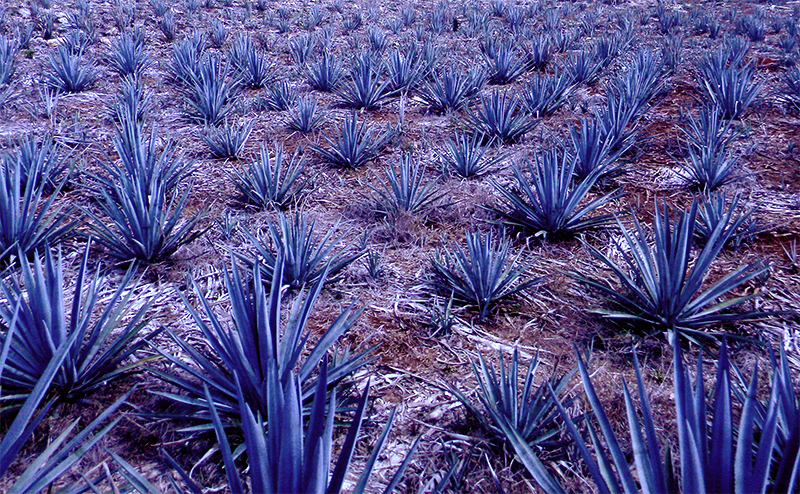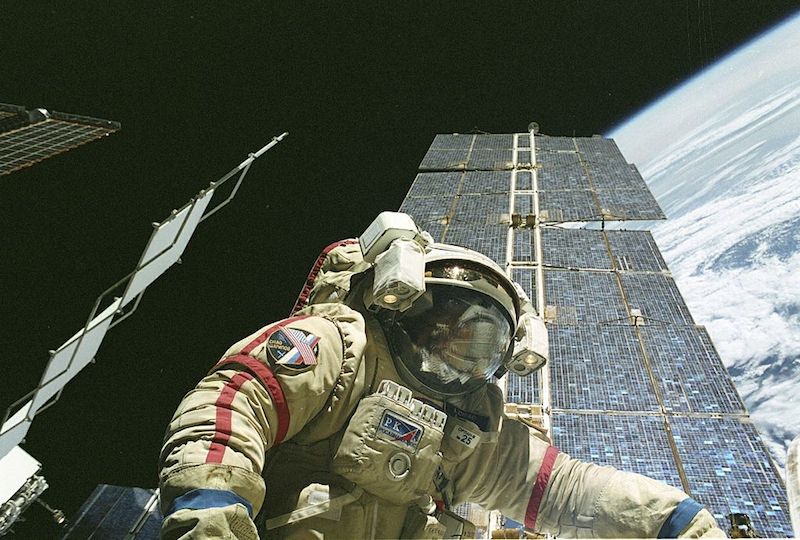Articles
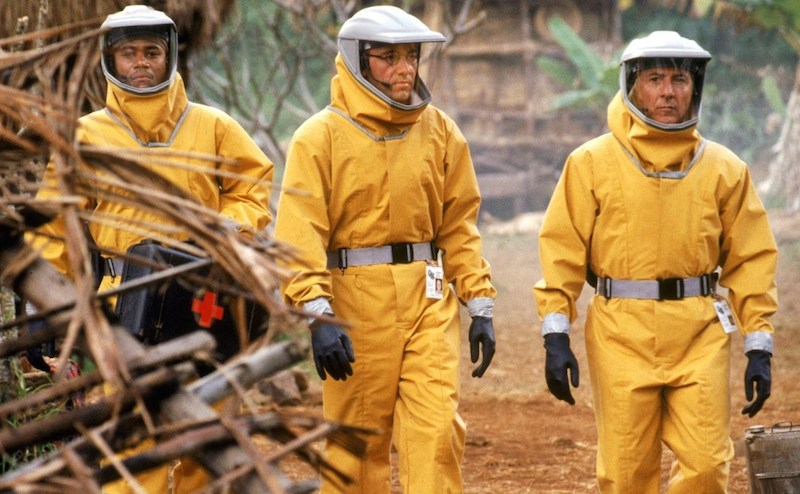
The 1995 disaster flick “Outbreak” added viruses to the list of villainous forces of nature that would forever haunt the silver screen. Dustin Hoffman leads a ragtag group of scientists aiming to find a cure for the deadly (and fictional) Motaba virus before the U.S. government bombs a small town off the map to contain the infection. But the movie’s heroes, while not straying too outrageously far from actual scientific practices, make some dramatic leaps that wouldn’t be possible in the real world. Sufferers of a real-world Motaba outbreak would have been doomed by a ticking clock. In “Outbreak,” Hoffman and his crew manage to capture the monkey producing the crucial antibodies to a mutated form of Motaba and whip up a serum in a matter of days. But in the real world, scientists would probably need at least a few months or even years to pinpoint the right antibodies and produce a cure. The quarantined town of Cedar Creek would’ve been toast. Just how does the Motaba virus measure up to its real-world inspiration, the Ebola virus? Like Motaba, Ebola can jump from infected animals (including monkeys, but also via bats and some antelopes) to humans. Unlike Motaba, a mutation that …
Read MoreOne of the more drastic effects of climate change is rising sea levels, which are threatening isolated island nations and cosmopolitan tourist destinations alike. But there’s an interesting chemical twist to the rising waters problem—it isn’t just melting glaciers swelling the seas. Cartoonist Andy Warner explores the complex relationship between climate change and sea level rise in this comic, a joint effort between the illustrated journalism magazine Symbolia and the Showtime original documentary series The Years of Living Dangerously: This comic was produced by Years of Living Dangerously and Symbolia Magazine. Symbolia, which features illustrated journalism on topics ranging from space to medicine to heroism, is available on iPad or via PDF. Years of Living Dangerously is a 9-part documentary series that explores the many faces and facets of climate change, with episodes directed by James Cameron, Arnold Schwarzenegger and others. Episodes air on Showtime at 10pm Eastern/Pacific.
Read More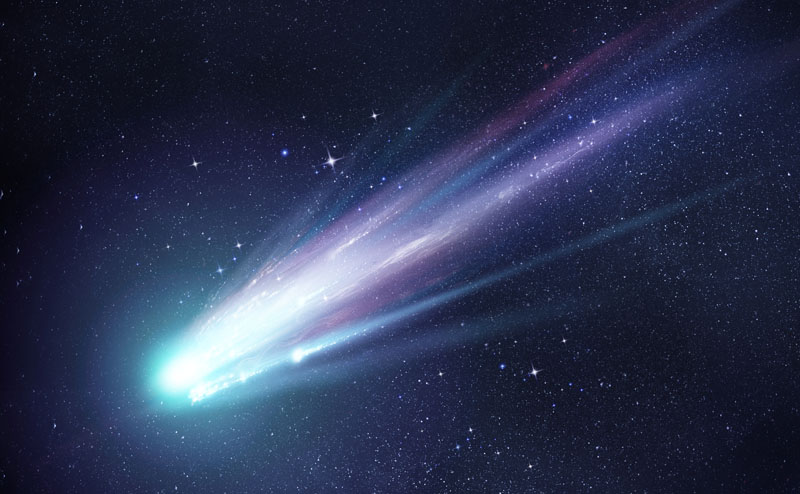
Ever wondered just where shooting stars come from, or just been curious about the difference between a meteor and a meteorite? No fear, we’ve got you covered! Earth’s orbit around the sun is cluttered with tiny bits of dust, rock, and ice, many left behind by comets and asteroids traveling through space. Objects bigger than grains of sand but too small to be considered asteroids (the distinction can get a little fuzzy since there’s no official minimum size for an object to be called an asteroid) are known as meteoroids. The bits of really tiny space dust that weigh less than a gram are called micrometeoroids. Bits of space rock and space dust are constantly entering Earth’s atmosphere as it orbits around the sun—an estimated 48.5 tons a day, according to NASA. As these objects travel through the atmosphere, the friction generated by the fall to Earth heats them up, leaving trails of light to mark their paths. The term meteor is synonymous with “shooting star”; it describes the glowing trail left by a meteoroid or micrometeoroid as it descends through Earth’s atmosphere. Most meteors occur between 50 and 75 miles above the planet, in a region of the atmosphere called the thermosphere. It’s a very …
Read MoreIn Mexico, Cinco de Mayo is just a small holiday celebrating an 1862 Mexican victory in the Battle of Puebla, back during the Franco-Mexican war. But in the United States, the day has become an opportunity to celebrate Mexican pride and heritage—or as a convenient excuse to indulge in tequila, the distilled beverage hailing from the Mexican state of Jalisco. But there are many more reasons to appreciate tequila than as a quick route to unconsciousness, as both tequila and the agave plant used to create it have potential health benefits and interesting scientific applications.
Read More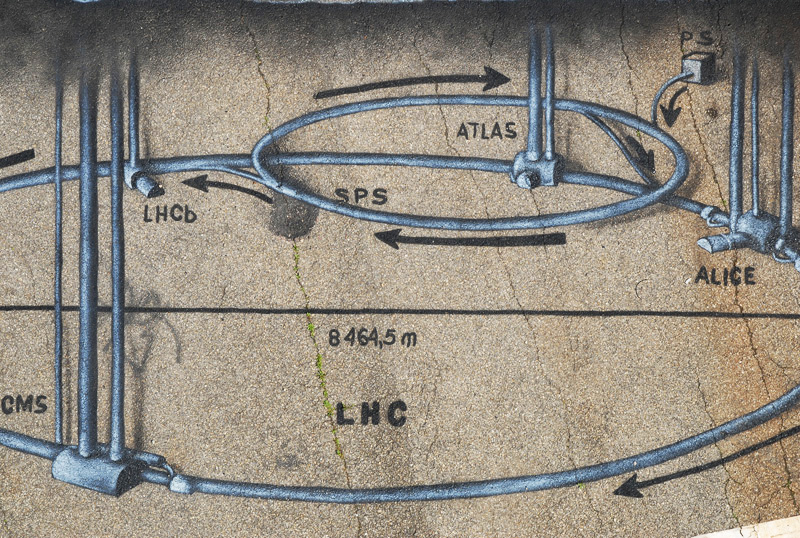
Sean Carroll wears two hats. He’s a Caltech physicist who tries to unravel higher scientific mysteries like dark energy. But as an author of popular science books, he also works to bring those higher mysteries down to Earth and introduce them to the public. Carroll will be joining fellow authors Jo Marchant (“Decoding the Heavens”) and Steven Pinker (“The Better Angels Of Our Nature”) at the 2014 World Science Festival program Science And Story: The Write Angle. We chatted with him recently about the fine art of science storytelling: (Note: this interview has been lightly edited and condensed) WSF: When you’re writing about science, how do you make abstract concepts easy for a general audience to grasp? SC: This is something you face all the time when you’re doing the kinds of topics I write about: particle physics, gravity, cosmology. You have try to remember what it was like to not understand these things, to remember what jargon you didn’t know. With schooling, certain things become ingrained. What can be helpful is analogies or metaphors. However, you have to be careful, because you can give people ideas that come along with the analogy that you didn’t mean. A classic example …
Read MoreUpdate 5/15/14: The future of international cooperation in space suffered another blow this week. In response to the U.S. government’s plans to enact trade sanctions against Russia as a reaction to the escalating Crimean conflict, deputy prime minister Dmitry Rogozin hinted in a press conference on Tuesday that Russia will reject Washington’s request to keep cooperating on the International Space Station beyond 2020. “We are very concerned about continuing to develop hi-tech projects with such an unreliable partner as the United States, which politicizes everything,” Rogozin said, according to The Guardian. However, NASA said Tuesday that it had not yet received any official notice from the Russian government that there was any change in their working relationship. Since the space shuttle program was shut down in 2011, the U.S. has relied on Russian spacecraft to ferry astronauts back and forth from the ISS, and a Russian-owned and operated segment of the ISS provides guidance and navigation for the whole station. On April 2, NASA sent out an internal memo to employees past and present, forbidding contact with their Russian counterparts (save for International Space Station-related activities) because of Russia’s invasion of Crimea. Retired astronaut Leroy Chiao was stunned by the message. Chiao, the son of Chinese-American immigrants, logged 229 days in …
Read More







